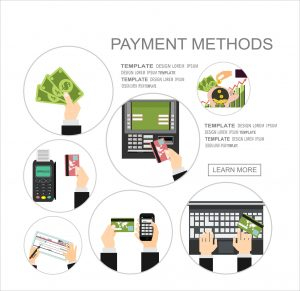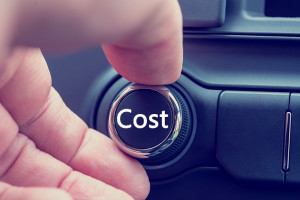
 Data Structure
Data Structure Networking
Networking RDBMS
RDBMS Operating System
Operating System Java
Java MS Excel
MS Excel iOS
iOS HTML
HTML CSS
CSS Android
Android Python
Python C Programming
C Programming C++
C++ C#
C# MongoDB
MongoDB MySQL
MySQL Javascript
Javascript PHP
PHP
- Selected Reading
- UPSC IAS Exams Notes
- Developer's Best Practices
- Questions and Answers
- Effective Resume Writing
- HR Interview Questions
- Computer Glossary
- Who is Who
Payment Digitization in India: An Overview
In India, some of the reputed financial services companies in banking domain have started to offer value added low-value payment services to their esteemed customers. However, in European countries like Sweden, Norway, Denmark, and Belgium are quite used to this practice because more than 90% of payments happen through the digital mode. Riding a public bus, donating to a religious place, buying street food, newspapers all can be done via a Mobile app or via Cards. In fact, some of these businesses in like Restaurants, Petrol pumps are legally free to decline Cash payments from customers.
The concept of E-money was first introduced by the Western Union and it is duly credited for innovating electronic fund transfer (EFT). On 30 July 1997, a commission recommendation act was also passed as 97/489/EC then in 2000 – Directive 2000/28/EC of the European parliament and the council of 18 September 2000 amending Directive 2000/12/EC relating to the taking up and the pursuit of the business of credit institutions again in 2000.
Digitization of Payments in India
Paytm, Freecharge, M-Pesa, MobiKwik, Oxigen Wallet and several e-commerce entities offer Mobile wallets which can be used to make payments at Fuel outlets, Major retailers, and various utility bill payments. They allow users to Top up their accounts using e-banking, credit cards and then users can spend according to their needs.
The Ministry of Electronics and Information Technology is working on a Framework to enable all Government Departments and bodies to use a common Front end for receiving payments from its end users. Based on the countrywide scope of usage the Back-end software and infrastructure needs would be tremendous. This would need several servers across the country and a customizable front end for every Government Body.

Paytm has also got a license to open a Payments Bank which will issue credit and debit cards and have online payment mechanism. After the recent demonetization of high denomination currency notes, there is increased interest among Indians to switch to cashless transactions. A lot of people are swiping their Credit and Debit cards at various outlets to tide over the currency crunch. Platforms like Paytm have recorded tremendous increase in its user base after the demonetization.
The traditional way of banking is fast vanishing. This system is well organized and proficient way of transacting your money. Users need not carry physical cash every time and life becomes much easier for a person.
The efforts towards making India cashless economy received a shot in the arm with the Government of India issuing a directive to all the Departments at the central and state level ensure that all payments are coming in and going out in a cashless manner. This also presents a big opportunity for the new payment banks and payment intermediaries. A payment framework of this size would need several Nodal centers across India which can house the Infrastructure needed for this project.
Benefits of promoting Digitization
Increased Transparency
Digitization of payments to several Government bodies would enable increased transparency in transactions, prevent the flow of unaccounted money and bring maximum transactions in the ambit of the banking system. This would mean that the Regulators would be able to monitor transactions at various levels minimizing the scope of Tax evasions.
Lower Costs

Moving from cash payments to digital payments can lead to significant cost savings in the long term. The potential cost savings are especially striking when considering large-scale government-to-public payments, such as social transfers.
Increased Security
While traveling long distances for receiving cash, people were vulnerable to street crime once they carry the cash. Digitization has given an opportunity to securely handle monetary transactions effectively and securely.
Increased Risk Management and Control
Digital payments connect the individuals to the broader economy and can strengthen informal insurance networks. Digital payments allow remitters a greater control over money sent home.
Improved Speed, Accuracy, and Timely Delivery
Speed and accuracy are the highlights of E-money. These electronic transactions are recorded in database, so users can easily get information about expenses. In contrast to a cash payment that travels at the speed of its carrier, digital payments can be virtually instantaneous, regardless of whether the sender and receiver are in the same town, district, or country.

